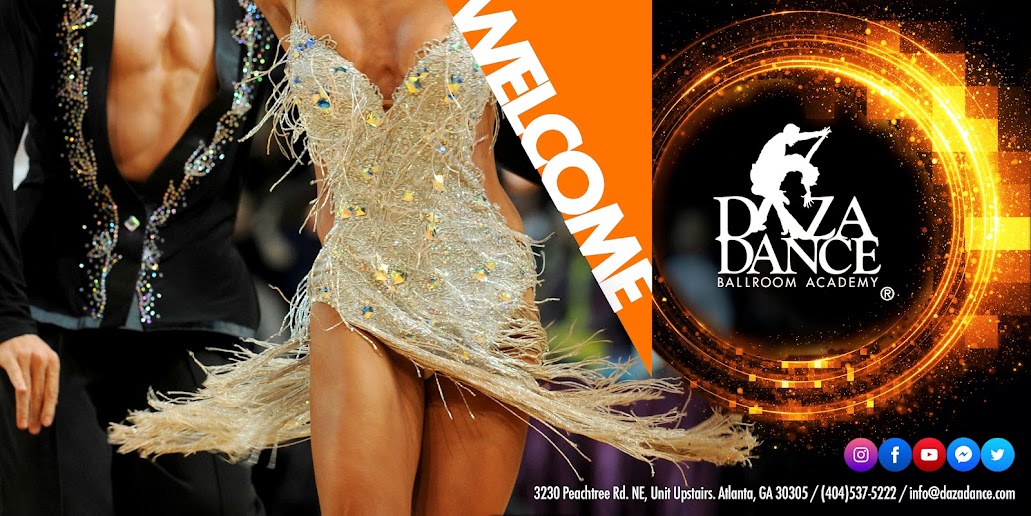The Jitterbug
(initially called the "Hop") first became popular in the 1920's. The
name Lindy was appended to the "Hop" in 1927 at the Savoy Ballroom
(New York), supposedly in commemoration of Charles Lindburgh's famous flight
across the Atlantic. The music that this dance accompanied was jazz, which by
the 1930's was also called Swing. Its origins can be traced to Ragtime,
Dixieland and Blues.
It is said a young
dancer named Frankie "Musclehead" Manning created the first air steps
(aerials), and the Lindy Hop "soared." As a performance art, the
Lindy Hop involved ensemble dancing, choreographed routines and acrobatic air. These
require a superb degree of expertise and are usually not danced socially, but
only for performance (for many years, the better establishments frowned upon
the wilder forms of Lindy, because the aerobatics involved limiting the number
of people who could dance at one time).
From the early
days of the "Hop" until the mid-1930's, the mainstream of jazz music
and Swing/Lindy/Jitterbug dancing was developed and defined in the United
States by African-Americans.
In the mid 1930's,
as the swing music of Count Basie, Jimmie Lunceford and Lionel Hampton embraced
the nation; the Lindy Hop became the rage of the young generation. The term
"Swing" became associated with the Lindy as Big Band Swing came into
popularity. The combination of swing music's popularity and the talented
dancers moved the Lindy Hop to the stage and screen.
The Jitterbug
(Lindy) migrated out to Hollywood and other areas in California. Hollywood
directors and choreographers in the movie industry wanted to fit more dancers
on the floor without the camera losing their faces with the circular movements
of Jitterbug, and so the West Coast Swing was born, which is danced in a straight
line or a slot.
In the modern era
of standardized American Style Dance style, there are basically two types of swing
dances. They are the West Coast Swing and the East Coast Swing. The W.C. Swing has evolved into a
Country Western dance, danced in a slot to typically slow sultry music. The E.C.
Swing has incorporated the rest of the swing type dance rhythms (Jitterbug,
Lindy, Shag, etc). It is danced with Single, Double, Triple, and Lindy rhythms.
This allows E.C. Swing to be danced to just about any speed of music. The
International Style dance "Jive" is a variation of the triple rhythm
East Coast Swing.
Masha Chubenko and Mario Recoba performing the East Coast Swing:
Bonnie Emerson and Mario Recoba performing the East Coast Swing:
Pam Rosenthal and Antonio Daza performing the East Coast Swing:
Jackie Levi, Mario Recoba and Antonio Daza performing the East Coast Swing:
Simon HIrscchorn and Masha Chubenko performing the East Coast Swing:


No comments :
Post a Comment
Thank you so much for your comment and/or feed back!